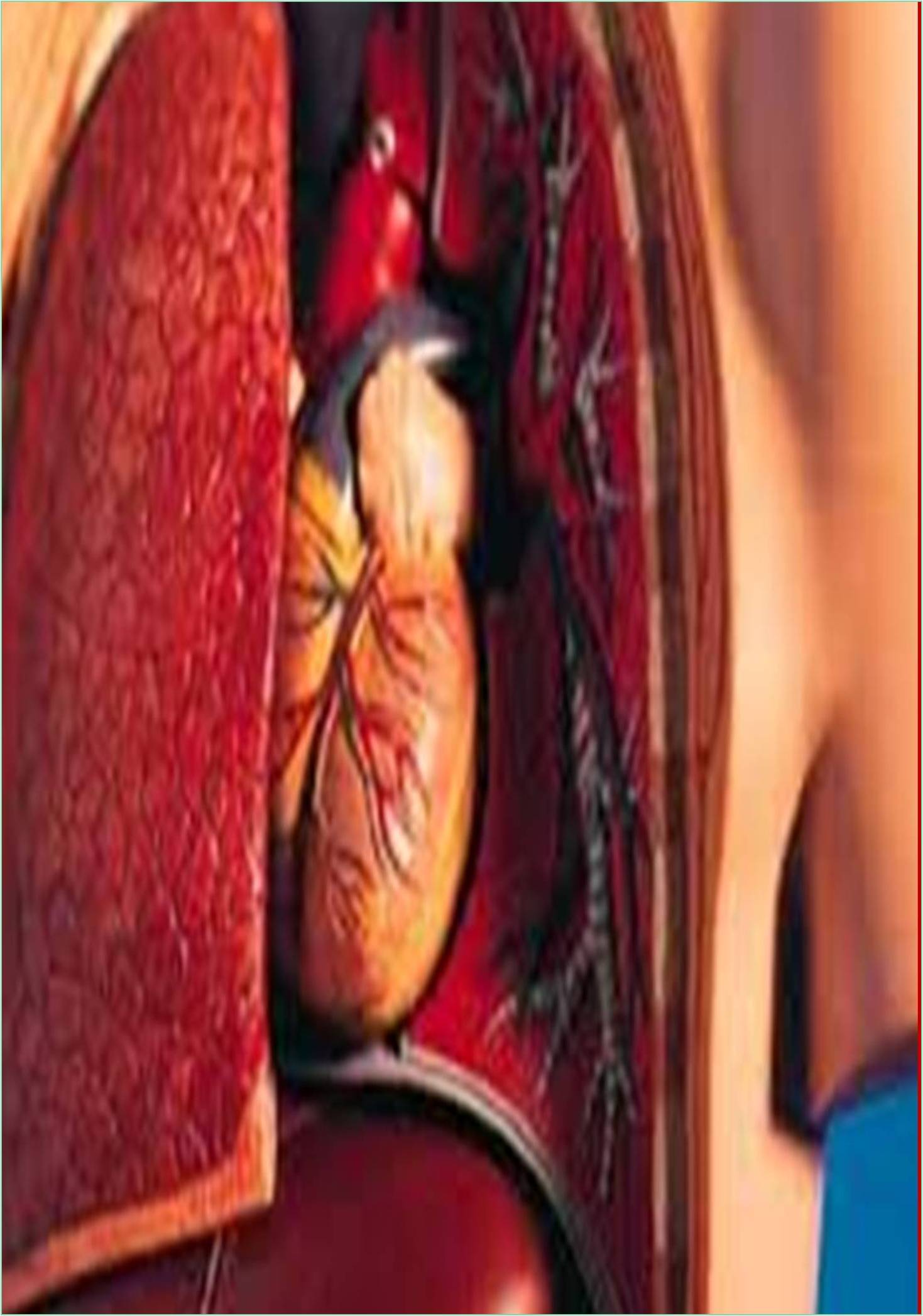



Received: 07-Feb-2022, Manuscript No. GJGC-22-59943; Editor assigned: 09-Feb-2022, Pre QC No. GJGC-22-59943 (PQ); Reviewed: 21-Mar-2022, QC No. GJGC-22-59943; Revised: 24-Feb-2022, Manuscript No. GJGC-22-59943 (R); Published: 28-Feb-2022
Cardiac Rehabilitation (CR) reduces mortality, morbidity, and hospitalization. CRs are traditionally provided directly at rehabilitation centers, where patients receive exercise training, health education, psychosocial management, and smoking cessation counseling from interdisciplinary teams. Recent scientific views advocate homemade CR (HBCR) as an acceptable alternative for patients with cardiovascular disease. Increasingly, digital tools (video conferencing, mobile applications, wearable’s, etc.) are simplifying program delivery outside the traditional framework of rehabilitation centers. Many CR centers have suspended face-to-face services in response to the COVID-19 pandemic remote policy. Some centers, including the University of California, San Francisco (UCSF), have switched to HBCR as an alternative delivery mechanism. Previous studies of HBCR have demonstrated feasibility and effectiveness, but few include programs that use advanced video conferencing. Many centers have sporadically moved to remote care during COVID-19, but few have published their experiences and even fewer have qualitatively evaluated their efforts. To address the need for CR in COVID-19, UCSF has implemented HBCR. It contains the core components of CR and is customized to address the needs and limitations of home patients. Fourteen patients interacted with CR staff through weekly phone or video visits for customized exercise planning, health education, and motivational counseling. Patients engaged in 1 hour group wellness sessions focused on emotional wellbeing and health education over telephone or video with other patients and multidisciplinary staff. Patients were referred for telephone or video consultations with nutritionists, pharmacists, mental health professionals, and tobacco cessation counseling as indicated.
UCSF rapidly implemented HBCR in response to COVID-19. Our qualitative interviews demonstrate key strengths of HBCR including the ability to deliver individually tailored strong relationships with staff who served as a source of accountability and technology support were a key facilitator of patient experience. Similarly, a strong team culture, institutional buying, and support for staff were important factors for implementation. Finally, heterogeneous attitudes toward remote care and technology highlight that flexible hybrid delivery models may be needed to meet the varying preferences and needs of patients. The UCSF experience during the COVID-19 pandemic led to a flexible hybrid delivery model in which patients attend an individualized program of in person and/or remote telephone or video visit sessions.
Organizational factors also contribute to the implementation of new delivery models for CR. Previous work has reported that factors such as leadership support, funding, and institutional contribute to CR delivery. This study adds further qualitative data to support these facilitators, and adds information on organizational factors that contribute to technology adoption for CR programs, including equipment and workflow modifications for CR staff.
Individually tailored HBCR can facilitate access for patients to participate outside of a CR center. Ongoing research is needed to understand the long-term outcomes of flexible delivery models that may include both in person and remote visits, and the role of technology in these models. The proportion of eligible patients participating in CR remains low. Ongoing innovations in delivery of CR may increase participation. This study provides information that may be helpful for programs seeking to implement new models of CR delivery. Further research is needed to determine whether patient-centered, flexible hybrid delivery models can improve access, patient experience, and clinical outcomes.